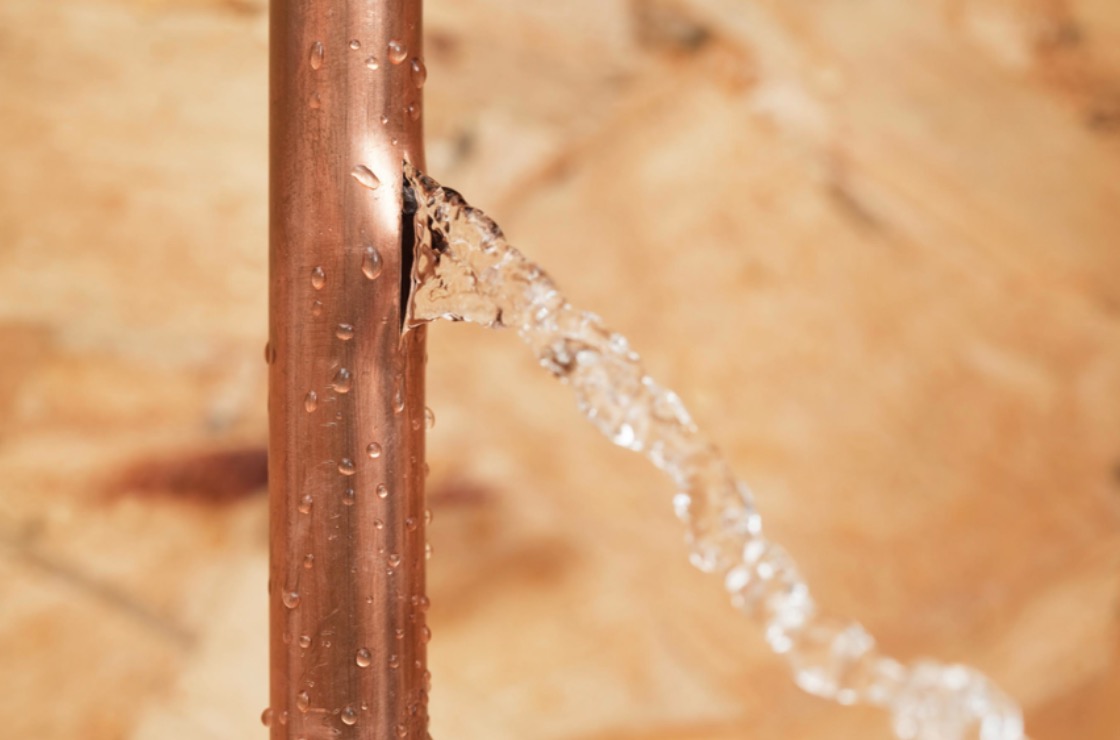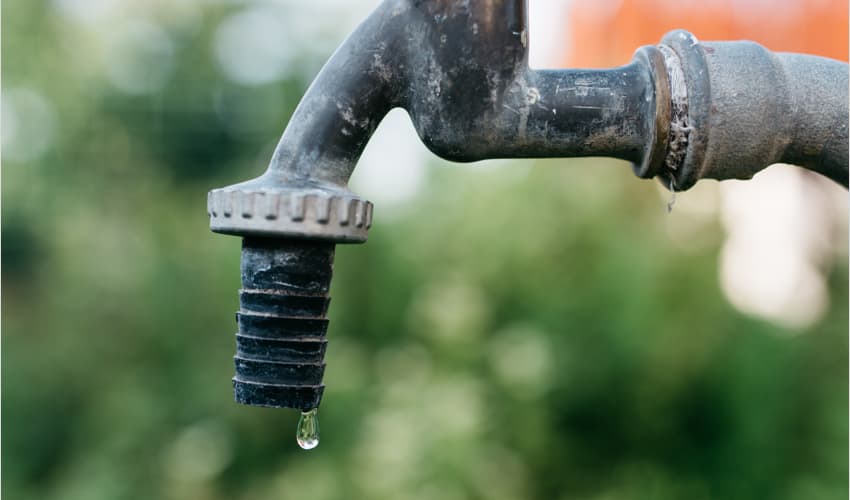A Guide to the Six Most Common Water Leak Causes in Your Home
A Guide to the Six Most Common Water Leak Causes in Your Home
Blog Article
They are making a number of great pointers about How to detect water leaks in your home as a whole in this post further down.

Leakages not just create waste of water yet can additionally trigger unnecessary damage to your home and also promote undesirable natural growth. Water leaks could go undetected because most of the pipework in our home is hidden. By looking and recognizing for daily situations that cause leakages, you can safeguard your residence from future leaks and unneeded damage. Today, we will certainly consider six leakage triggers that may be triggering your pipes to drip.
Trespassing origins
The majority of water leaks begin outside the home rather than inside it. You could discover damp patches or sinkholes in your lawn, and also that could mean that tree roots are attacking water lines causing water to leak out.
Rusty water supply
As time passes by, your plumbing system ages as well as corrosion such as rust might start eating away the pipelines. This might be the root cause of staining or warping on your water pipes. This asks for an inspection with your plumber immediately. If our plumbing system is old, consider changing the pipes considering that they go to a greater risk of corrosion than the more recent models.
Faulty Pipeline Joints
The point at which your pipes connect is frequently the weakest link in the waterline. Pipe joints can deteriorate with time, causing water leakages. The majority of pipeline joints are not conveniently noticeable. If you have loud pipelines that make ticking or banging noises, particularly when the hot water is activated, your pipeline joints are possibly under a great deal of stress. It is suggested to have your plumber evaluate your system annually.
Instantaneous temperature level modifications.
Severe temperature changes in our pipelines can trigger them to expand and also acquire unexpectedly. This development and also contraction might trigger cracks in the pipelines, especially if the temperature level are below freezing.
Poor Water Connectors
At times, a leakage can be triggered by loosened hose pipes and also pipes that supply your devices. Typically, moving is what causes the loose water Links. You may locate when it comes to a washing device, a tube may spring a leakage due to trembling throughout the spin cycle. In case of a water links leak, you may see water running directly from the supply line or puddles around your devices.
Obstructed Drains
Clogged drains may be aggravating as well as inconveniencing, yet they can sometimes end up triggering an overflow leading to rupture pipelines. Keep eliminating any type of products that might go down your drains that can block them to prevent such aggravations.
All the above are reasons for leaks yet not all water leakages result from plumbing leaks; some leaks may originate from roof leaks. All leakages must be fixed immediately to prevent water damages.
Leakages not just create waste of water yet can likewise trigger unneeded damages to your residence and promote unwanted organic development. By recognizing and looking for daily circumstances that trigger leakages, you can shield your home from future leaks and unnecessary damage. Today, we will look at six leak triggers that may be causing your pipes to drip.
At times, a leak can be caused by loose pipes as well as pipelines that supply your home appliances. In situation of a water connections leak, you may discover water running directly from the supply line or puddles around your appliances.
How To Check For Water Leak In Your Home
How To Check for Leaks
The average household's leaks can account for nearly 10,000 gallons of water wasted every year and ten percent of homes have leaks that waste 90 gallons or more per day. Common types of leaks found in the home are worn toilet flappers, dripping faucets, and other leaking valves. These types of leaks are often easy to fix, requiring only a few tools and hardware that can pay for themselves in water savings. Fixing easily corrected household water leaks can save homeowners about 10 percent on their water bills.
To check for leaks in your home, you first need to determine whether you're wasting water and then identify the source of the leak. Here are some tips for finding leaks:
Take a look at your water usage during a colder month, such as January or February. If a family of four exceeds 12,000 gallons per month, there are serious leaks.
Check your water meter before and after a two-hour period when no water is being used. If the meter changes at all, you probably have a leak.
Identify toilet leaks by placing a drop of food coloring in the toilet tank. If any color shows up in the bowl after 10 minutes, you have a leak. (Be sure to flush immediately after the experiment to avoid staining the tank.)
Examine faucet gaskets and pipe fittings for any water on the outside of the pipe to check for surface leaks.
Undetected water leaks can happen without the home or business owner even realizing. If you suspect a water leak, but not able to find the source. It is time to contact a professional water leak detection service, The Leak Doctor.
How To Find a Water Leak In Your Home
https://www.leakdoctor.com/blog/How-To-Check-For-Water-Leak-In-Your-Home_AE197.html

I discovered that piece of writing on Common Water Leaks In House when browsing the web. Do you know about someone else who is looking into the subject? Take a moment to share it. Thanks a bunch for your time. Don't forget to check up our site back soon.
Call Today Report this page